Just like any living thing, your lawn has some basic needs.
Sunlight. Oxygen. Great soil. And water. In fact, water is a key part of a healthy, happy lawn. Without the right amount of water, your lawn may never be able to perform at its prime.
While this may not be an earth-shattering revelation to you, watering your lawn is something you can certainly get wrong. Watering at the wrong time and for the wrong duration can actually do more harm than good.
It’s time to sharpen your watering skills with our lawn watering tips to ensure you have all the correct information you need to get that thick, green grass you want without a lot of worry or fuss.
How to Water Your Lawn in Northern Virginia
You might think something as simple as watering your lawn is a task you can’t mess up, you’ll find yourself getting ready to do the job and asking yourself quite a few questions in the process.
Should I water when the sun is beaming? Is watering at night OK? Is it enough if I run the sprinkler or irrigation system for just a few minutes? Should I water every day? How do I know if my lawn needs water?
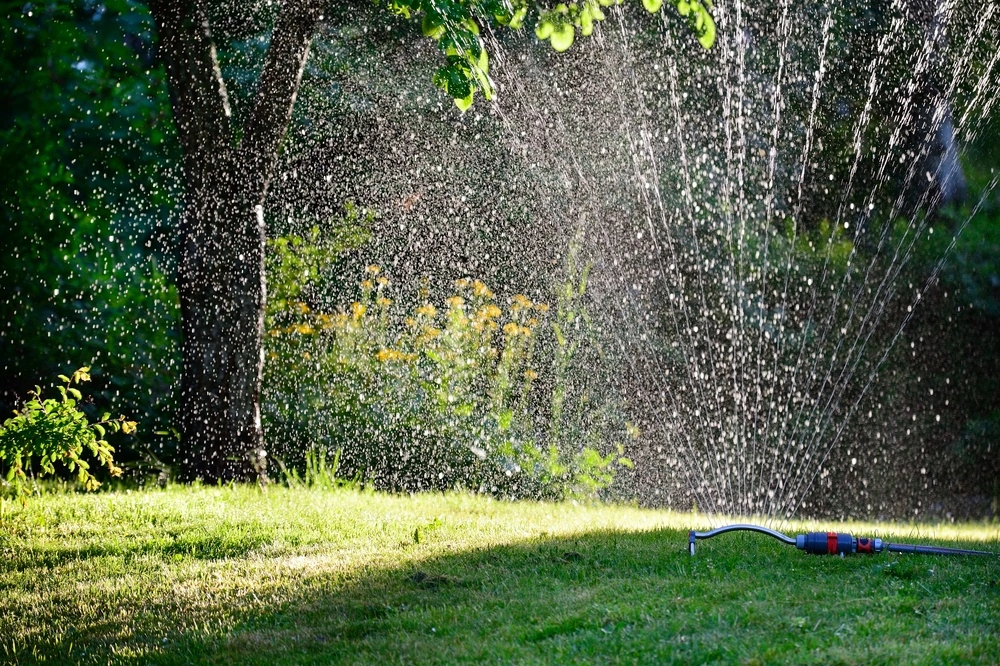
Believe it or not, answering these questions incorrectly can lead to turf disease, shallow roots, or other lawn problems.
A guide to lawn watering in Northern Virginia might be just what you need to ease your stress so you know you’re doing the right thing for your lawn.
How Much Do I Need To Water My Grass?
You probably hear a lot of tips out there about how to water your grass. Some of them might even be contradictory or hard to understand.
For example, if someone tells you to water your lawn with 1 inch of water each week, how much is that really? What does 1 inch of water look like in your grass?
Typically, your Virginia lawn needs about 1 to 2 inches of water each week.
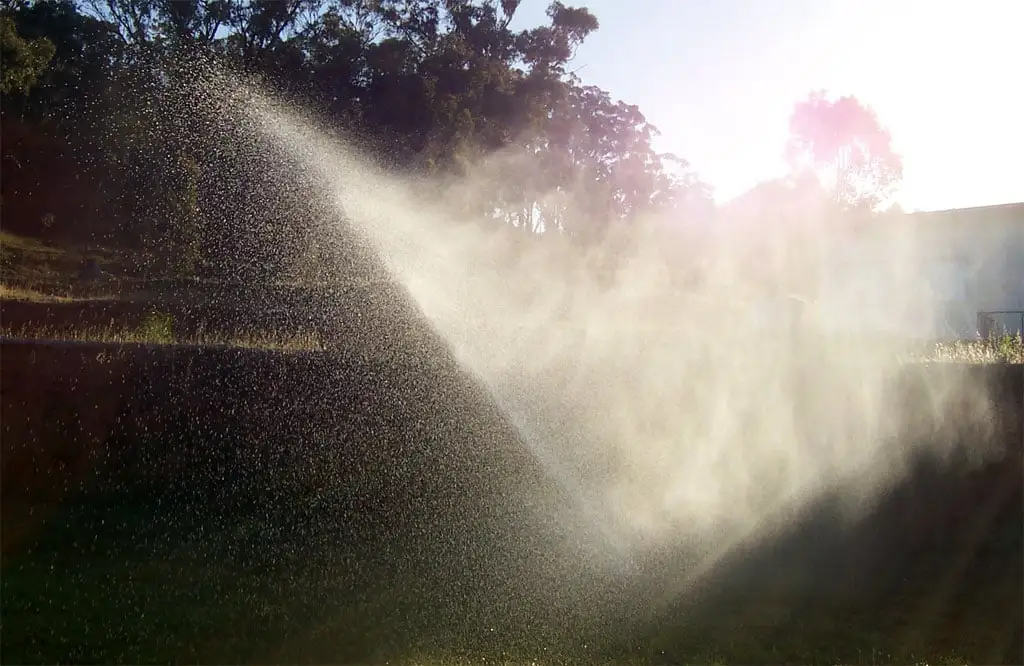
At certain times of the year, this requirement might be met through rainfall. But during dry spells, you’ll want to supplement what Mother Nature provides through watering with your irrigation system or sprinklers.
To test whether your lawn is actually getting enough water, you can place tin cans or plastic cups in various areas of your lawn while your sprinkler is running to see how long it takes to reach a 1-inch level. Then you know the approximate time you need to water to reach an inch and can adjust this if necessary. Cut the time in half if you only need half an inch of water or double the time if you need 2 inches.
How Do I Know If I Need to Water My Lawn?
Your lawn may be pretty silent most of the time, but it does show you some signs when it needs to be watered.
An essential lawn watering tip: Examine your lawn’s color. When it receives enough water, it’s a nice green color. When it doesn’t it can start to fade to a dull green, yellow, or even brown. But, you have to pay attention to this one because it can also be a sign of overwatering your lawn. A telltale sign of an overwatered lawn is a spongy lawn, to help you tell the difference.

Next, as you walk through your lawn, you might see impressions left by your shoe that won’t go away quickly. This is a sign of drought stress. Healthy lawn grass blades will easily stand back up after being walked on.
How Often Should I Water My Lawn in Northern Virginia?
In addition to how much you should water your lawn, you need to know how often to water your lawn.
The goal is to reach that 1- to 2-inches of water weekly. How often you need to do this will be different each week based on rainfall. But daily is typically too much for a healthy lawn.
A better goal to stick to is to water your lawn one to two times per week, especially if Mother Nature isn’t already providing you with any deep, soaking rains during a particular week.
How Should I Water My Lawn?
When you water your lawn, you want to replicate a nice, long rainstorm that soaks deep into your lawn.
Your ultimate goal is to have water moisten the soil a few inches deep. Typically, this equates to 45 minutes to 60 minutes per area or zone if you’re using an irrigation system. But doing the test we mentioned above could help you refine this timing.
You also want to make sure water is spread evenly across your lawn. The tin can test can help ensure all the areas of your property are receiving the same amount of water. If you notice some aren’t getting enough, you can adjust your watering in those areas to equal the others and ensure your entire lawn receives the same amount.
When is the Best Time to Water My Lawn?
Timing is actually incredibly important when it comes to watering your lawn.
This is because you actually have to pay attention to the sun and nighttime conditions and how they interact with water when considering when to water your lawn.
Here’s what we mean. If you water during midday when the sun is at its hottest and brightest, the water may evaporate faster than it can soak into your soil, defeating the purpose of watering.
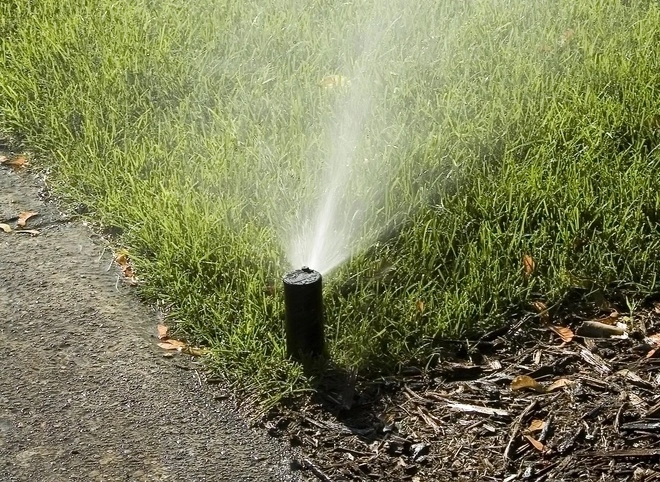
If you water at night, the water and humidity will sit on your lawn all evening, leading to potential lawn disease issues, which rely on wet foliage to grow and spread.
Early morning hours is the best time to water your lawn. This gives your lawn plenty of time to dry out before nightfall and allows the water to soak into the soil adequately.
How Does Lawn Mowing Impact How I Water My Lawn?
Your lawn mowing habits can also change your watering needs.
The ideal height for your lawn is 3 to 4 inches tall. If you cut your lawn short, it will require more water to remain happy and healthy. Mowing too short stresses out your lawn. Also mowing too much at once – more than one-third of your grass blades at any one time – can stress your lawn.
A stressed lawn is one that can’t handle drought stress as well as a thick lawn. A key lawn watering tip: Make sure to cut your lawn to the ideal height to make your watering efforts work best for you.
Don’t Overwater Your Lawn
Your lawn needs water. We can all agree on that point. But overwatering can do almost as much damage as underwatering.
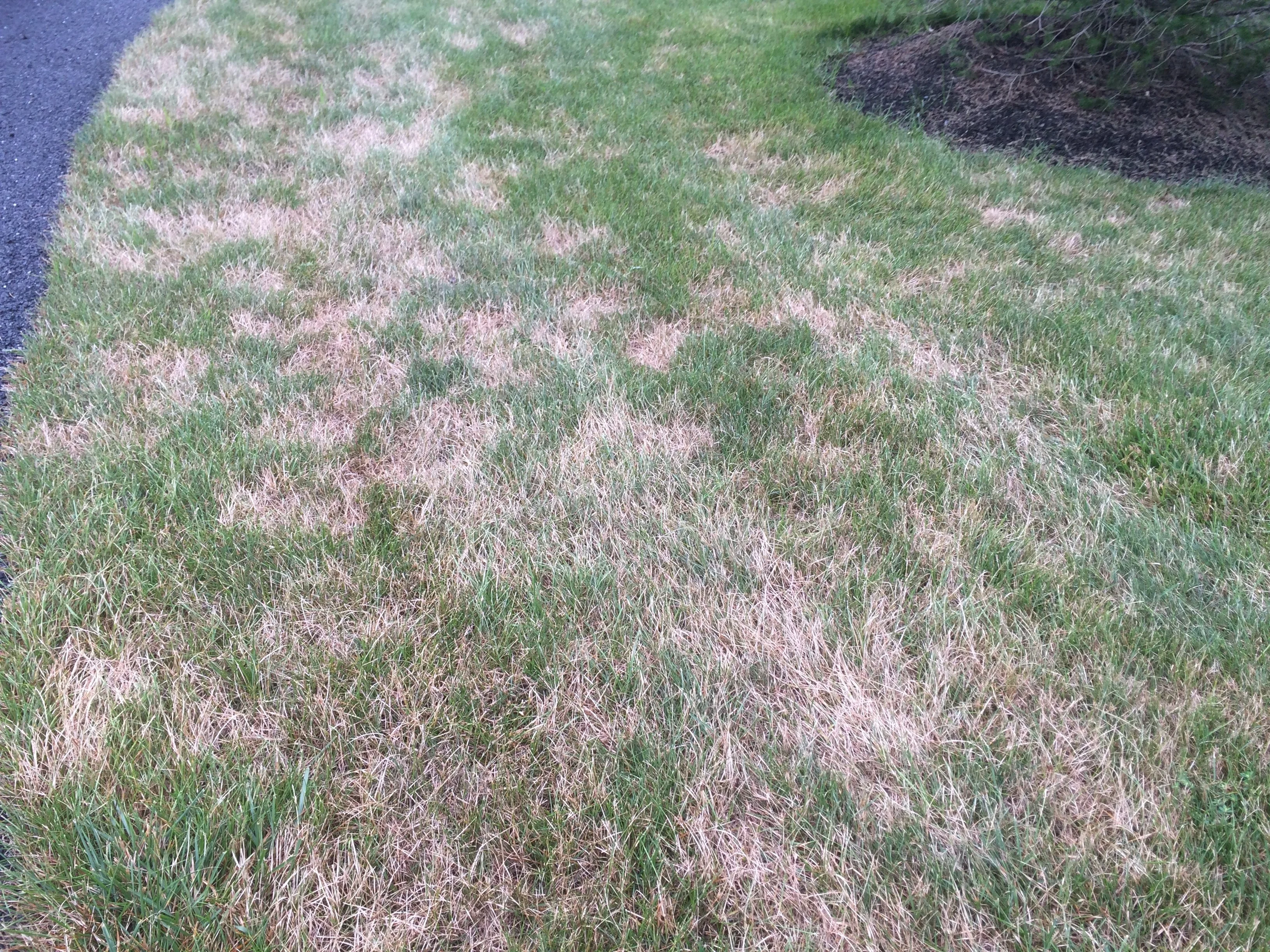
Overwatering can lead to disease, it can dull your lawn's color, it can make your lawn prone to insect damage, it can increase your stormwater runoff or puddles in your lawn, and it can unnecessarily elevate your water bills. No one wants to deal with these ramifications.
Even though it is one of the essential elements to growing a quality lawn, remember never to give your lawn too much water,
Maximize the Perks of Proper Lawn Watering in Northern Virginia
No one wants to waste money on a task they think is helping their lawn. Watering is one of those tasks. The proper lawn watering tips can make a huge difference in the look and health of your Northern Virginia yard.
Naturally, water is only a single element in what makes a great lawn. Proper mowing, adequate fertilization and insect and disease prevention and care, as well as aeration and overseeding, are other essential to-dos on your total lawn maintenance checklist.
Confused or concerned that your lawn might be lacking or that you don’t know where to start? We completely understand. Lawn care can sometimes seem like an overwhelming task, especially when you’re busy with your work, family, and other responsibilities.
But don’t stress out. The right lawn care service partner can educate you on all of these key basics and give you the knowledge to feel confident in knowing how your lawn grows and what it needs. That way you target your efforts and time, and you’re not overtaxed and scratching your head wondering what you should do to get a great lawn.
Then all you have to worry about is how you can maximize your summer chill time outdoors without stressing about what your lawn might be lacking.
Ready to learn why Turf’s Up could be your totally awesome choice for lawn care services in Northern Virginia? We’re stoked to learn more about you and help you have the best lawn on the block. Get started today with a free quote. Together, we can prepare a customized plan that is perfect for you and your lawn.
Image: Irrigation Header Image
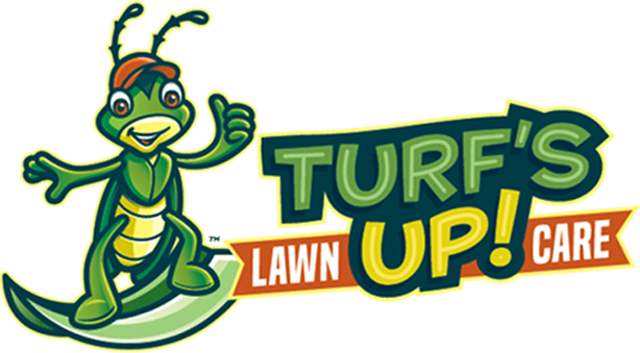
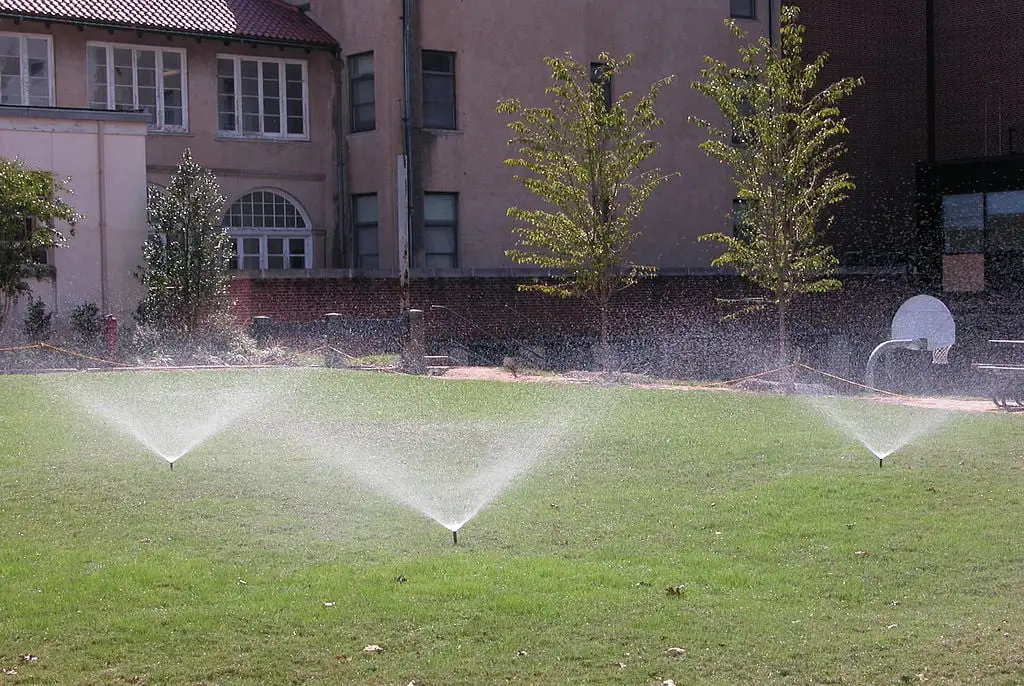




Comments (0)
Thanks for your comment!
Thanks for your feedback! Your comments have been successfully submitted! Please note, all comments require admin approval prior to display.
Error submitting comment!
There is a problem with your comment, please see below and try again.